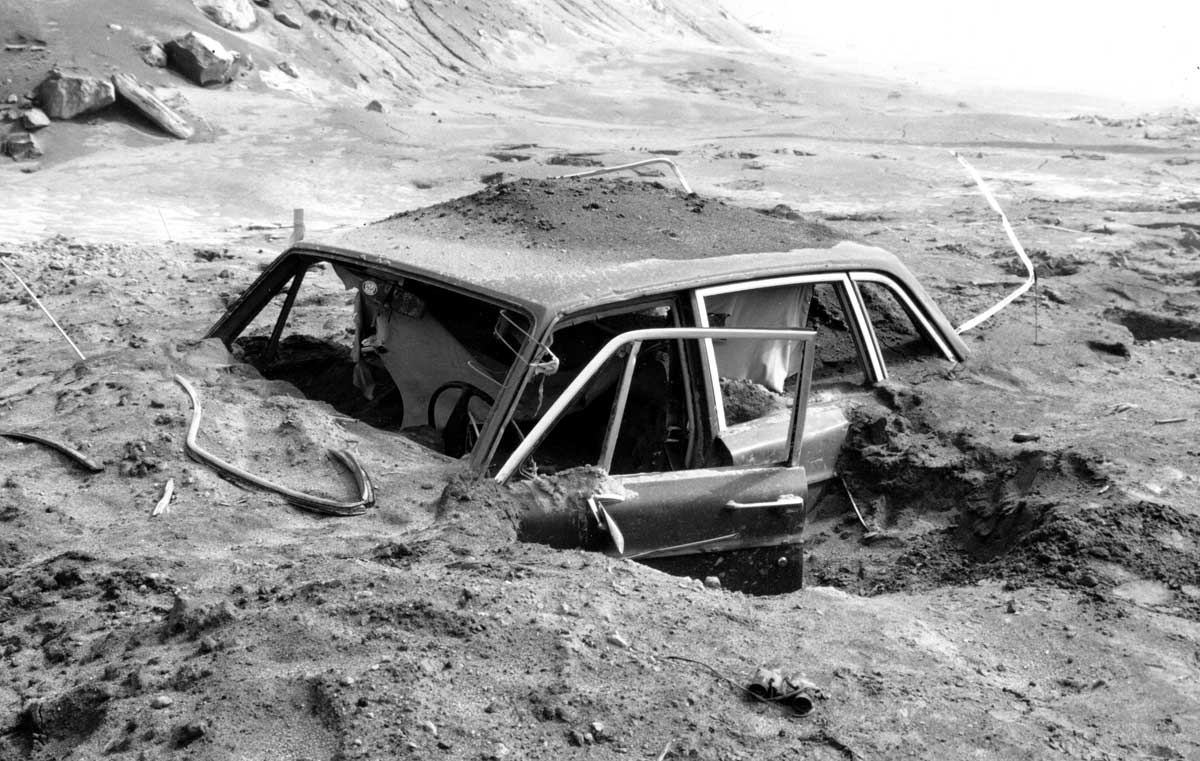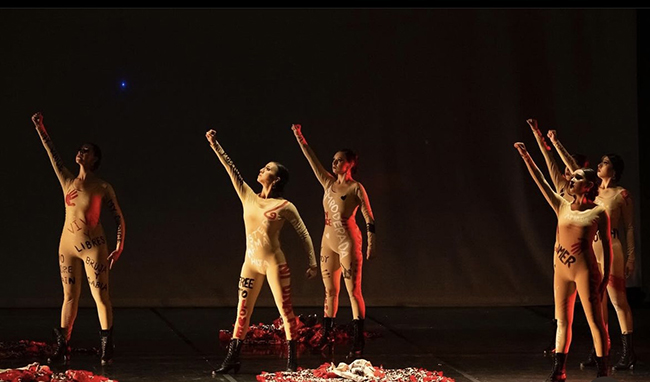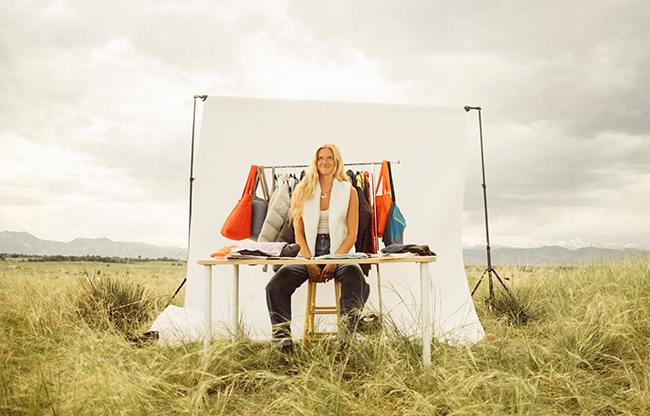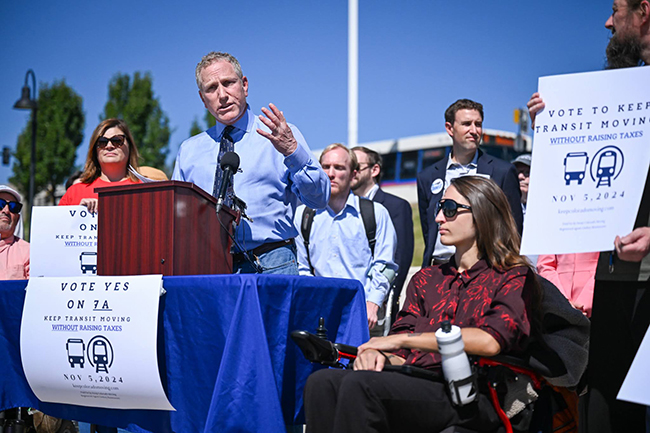Scientist with NASA, CIRES reaches for the stars
03 Dec 2015
Reaching for the Stars…and circling back to Earth
By Shannon Burgert Waleed Abdalati had always dreamed of working at the National Aeronautics and Space Administration, and he always thought that dream would be out of reach. But then a high-school teacher told Abdalati that he would love to see him working at NASA. “In that minute the seed was planted,” says Abdalati. “I thought, wow, maybe I could work at NASA.” Not only would Abdalati go on to hold numerous positions at the agency, including research scientist and head of a research group, but in 2011 he was asked to serve for two years as NASA’s chief scientist.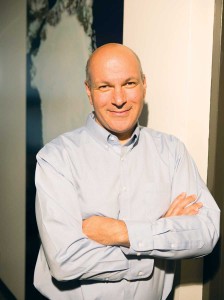
(Photo by David Oonk, CIRES
A Voice, an Advocate and an Advisor
Abdalati has done much of his own research at the Cooperative Institute for Research in Environmental Sciences (CIRES), the largest public research institute at CU (which also happens to be the No. 1 university in the nation for NASA funding). Abdalati is now director of CIRES, which comprises more than 500 researchers and staff, and nearly 200 graduate and undergraduate students. He emphasizes the importance of understanding, and hopefully improving, the human relationship with the environment. Abdalati’s research focuses on using satellite observations to understand how the planet’s ice coverage is changing. His work has taken him to places like Greenland, Patagonia and the Canadian Arctic. “I love ice. I love nature in its most raw, pristine form,” he says. His earth-science background was a natural fit for NASA, one of whose objectives is to observe and understand phenomena in the atmosphere and on earth. To better see what’s going on around us, you need perspective from space, he says. “Until you step outside and go a few hundred miles above the earth you can’t really grasp the comprehensive aspects of changes on the planet,” he explains. “Earth science is part of NASA’s core mission.”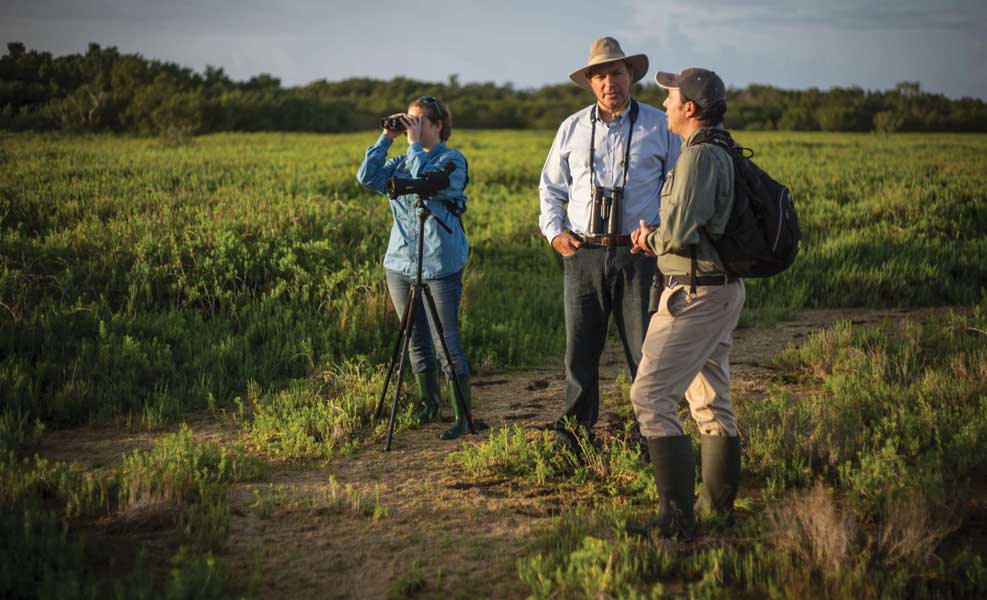
Shannon Burgert, Ph.D., teaches fifth grade at Fireside Elementary School in Louisville. An Ironman athlete, she writes often for Boulder Magazine about health and science.


